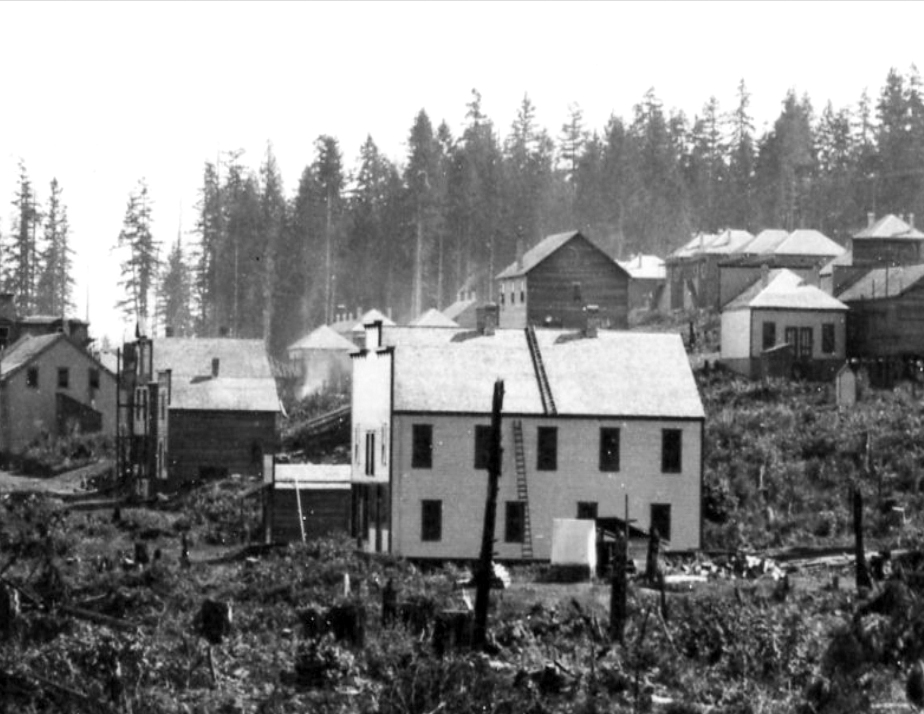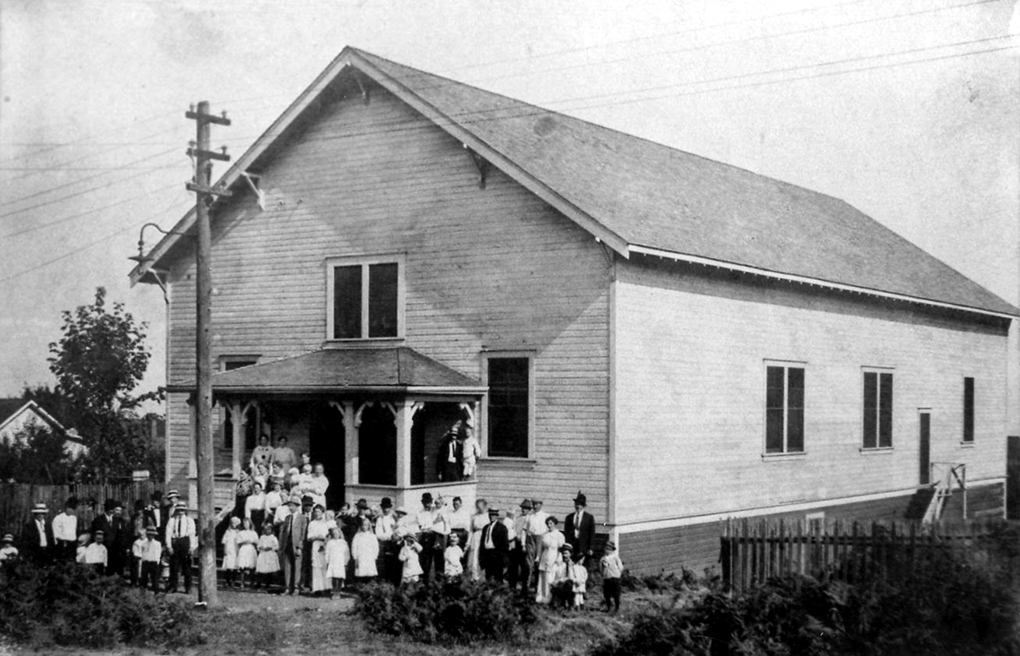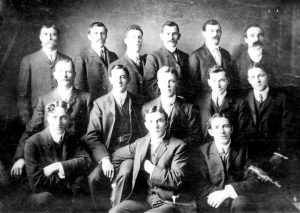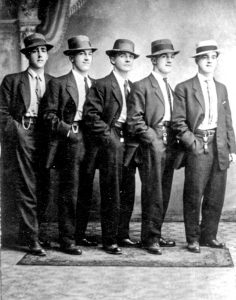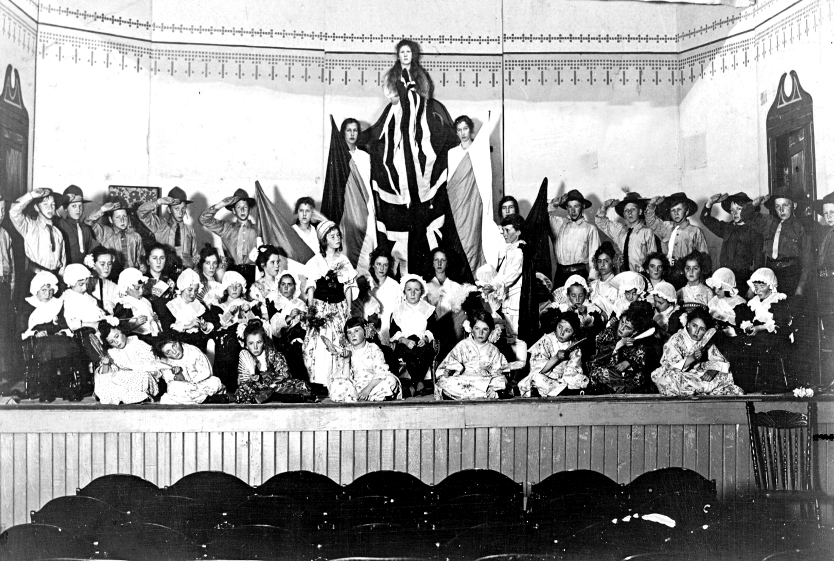Home Town Entertainers In Early Ladysmith
In addition to the frequent performances by international stars in the Ladysmith Opera House, the early town was rich in local musicians.
Before the days of radio and television and the advent of gramophone records, live music was an important part of home and social activities. While most families could not afford a piano, many had members who played more ‘accessible’ instruments such as the violin and concertina.
The popularity of the music is evidenced by the several music stores in town and also numerous newspaper advertisements by music teachers.
Local bands
Many small bands of three to five musicians, sometimes with the grand title ‘Orchestra’, played at the frequent dances. Examples include the Louden Orchestra, Arnold’s Orchestra, Robinson’s Orchestra, Earls Orchestra, Star Orchestra, etc.
Some concerts given by local musicians were unusual:
In 1902, W.A. Aubin, a local and very talented pianist, organist and violinist, simply sat in front of a piano in the new W.H. Lively music store and gave an impromptu concert of a nocturne and its variations. He also “inscribed on a record of a gramophone in Waitt and Co.’s store, a violin solo of his own composition, and improvisation, which effectively demonstrates his musical talent…”
J. Cartwright played “The Harp That Once Through Tara’s Halls” on an English concertina at a 1908 Football Club concert.
William Allester (violinist) and Lizzie Louden (pianist) in 1911 played the accompaniment to Verdi’s opera “Il Trovatore’ at the Opera House in what was reported to be ‘one of the best ever shows in front of a moving picture audience.”
In this video, William Allester’s granddaughter shares his story.
Ladysmith Early Entertainers| Musical Allesters (captions available in FR and EN). Enjoy this video with a transcript (EN)
Singing solo and in duets commonly featured at the various Christmas, Easter, St Patrick’s Day, Robbie Burns Day etc. concerts. Many of the singers were members of the four church choirs (Anglican, Methodist, Catholic and Presbyterian). There was a very successful Welsh choir; it always attended the funerals of its members, singing specific hymns.
Choirs and Clubs
Non-Church choirs were, however, generally unsuccessful and short-lived – they had a hard time keeping members. An example of this was the ‘Ladysmith Male Voice Party’ which started up in 1908; after a few concerts, interest waned and despite a newspaper advertisement beseeching members to come to practice, it shut down in January 1909. Not long after, in May 1909, a mixed choir known as the Ladysmith Choral Society was created: it too folded by August 1909 after experiencing difficulties retaining singers.
An exception was the Ladysmith Glee Club, which by 1909 was called the Orpheum Glee Club. In 1905, a Glee Club concert in the Opera House given in support of an injured miner was reported to have been exceptional, with many choir presentations mixed with some vocal solos as well as instrumental solos and duets.
The bass parts were exceptionally well taken, the tenor singers in the club do well, but if the number of tenor voices was increased with two or three singers, equal to those already there, the club could be called most excellent…
The lament of the lack of tenors is a refrain from choirmasters still heard today!


